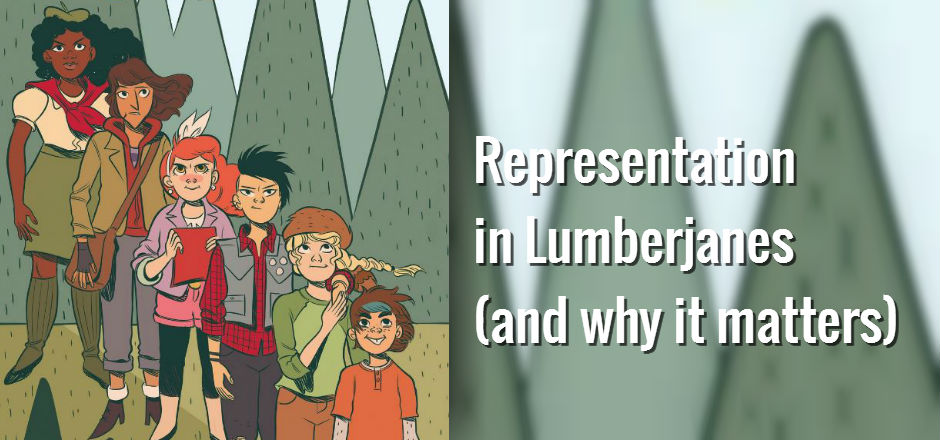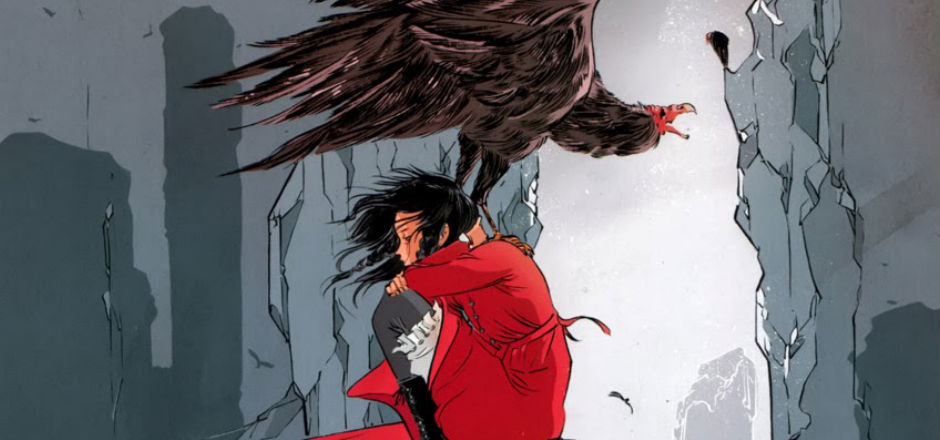In the countryside of France, a young girl changes the course of the war between France and England in only four months. History remembers her as La Pucelle, the Maiden Jeanne, but before that, she was just a simple girl in a tiny village — until a certain Incubator granted her the power she needed to protect her land and her people from an overwhelming and oppressive darkness.
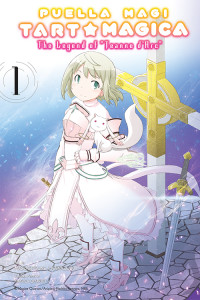 I’ve seen a lot of Joan of Arc adaptations throughout the years. The live American TV show Joan of Arcadia centers on a sort of “second coming” of the saint; Gene Luen Yang’s Saints graphic novel includes Joan as a vision appearing to the protagonist. Joan of Arc is pretty fascinating as a historical figure, and I was curious how her inclusion in the Madoka universe would be handled.
I’ve seen a lot of Joan of Arc adaptations throughout the years. The live American TV show Joan of Arcadia centers on a sort of “second coming” of the saint; Gene Luen Yang’s Saints graphic novel includes Joan as a vision appearing to the protagonist. Joan of Arc is pretty fascinating as a historical figure, and I was curious how her inclusion in the Madoka universe would be handled.
Overall, I found it pretty satisfying. Despite the fantasy elements (and the very obvious non-historical troupe of magical girls tromping around France with Jeanne), the manga does a great job explaining the context of what Jeanne is fighting against (England) and why (they invaded her country).
In the context of the story, Jeanne — who is a magical girl named Tart — fights alongside a team of French magical girls with the French army, battling both witches as well as magical girls from England who, along with the English army, are attempting to invade France.
Tart Magica also explores Jeanne’s faith, and despite the magical girl elements, her beliefs are acknowledged as the true seat of her strength as well as the weakness that will become her downfall. Upon meeting Kyuubey, the dog-like creature who recruits magical girls, she believes him to be an angel, which makes it easier to convince her to become a magical girl. Narrative boxes treat him as the source of the real Jeanne d’Arc’s holy visions, historically attributed to the Archangel Michael and two female saints.
[blocktext align=”center”]Was the voice she heard actually that of an angel? Was it actually a light unto her?[/blocktext]
The manga includes notes on historical context throughout the book, which are incredibly helpful for readers who aren’t familiar with France in the 1400s (which I’m guessing makes up most of the readership) as well as better understanding Joan herself. Tart Magica is in no way intended to be taken as historical fact — but the notes (and a rather dense essay at the end) do contain facts that add to an overall understanding of the state of France and French culture in that time period.
The art of Tart Magica is pretty standard for the Madoka franchise, staying pretty true to the original style of the character designs. The English magical girls are often depicted in very dark settings, a stark contrast to the lightness of Jeanne’s illustrations. One issue midway through the book is that the flashbacks depicting Jeanne and her sister Catherine are overly similar: it’s very difficult to tell them apart until their names are spoken, though this may be intentional.
While the opening pages (and any basic knowledge of history) give the readers a level of certainty about Tart’s fate, the story doesn’t fail to capture the reader’s attention. Featuring more historical context than other series in the Madoka franchise, Tart*Magica will entertain magical girl fans, though its premise is somewhat dependent on prior knowledge of the franchise.
Story: 4 out of 5 stars
Art: 4 out of 5 stars
Overall: 4 out of 5 stars
—
Feliza Casano edits and writes for all sections of the site. In her approximate 2.3 hours of free time each month, she loves watching anime, reading science fiction, and working on her novels-in-progress. Keep up with her antics at felizacasano.com and follow her on Twitter @FelizaCasano.
This review is part of Madoka*Magica Week 2016. Check out other posts in the series here.
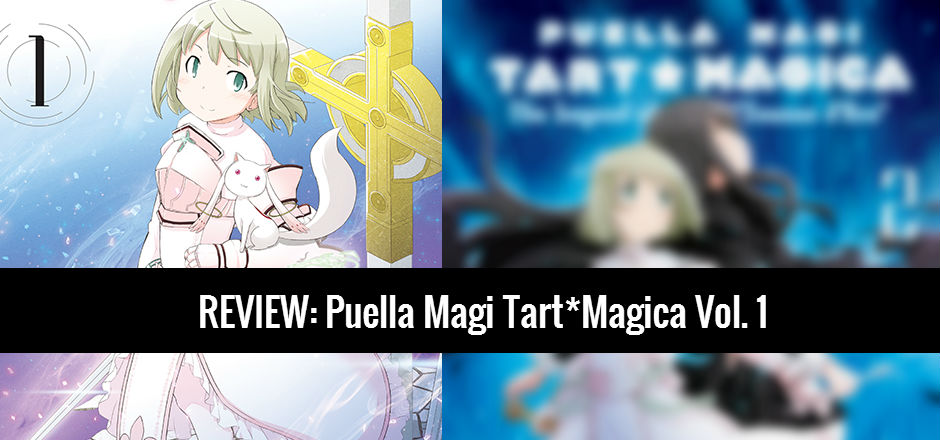

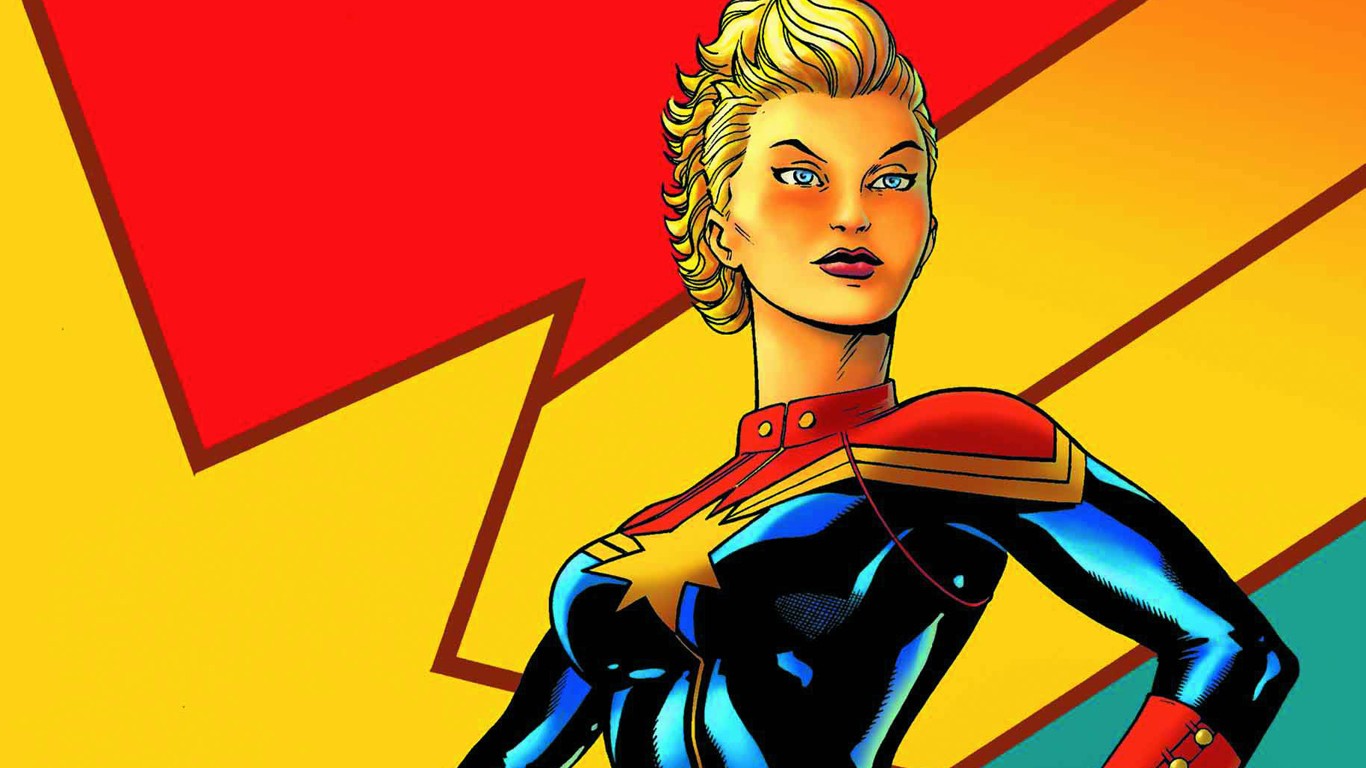
![[GUEST] Fashion in CATWOMAN and THE WICKED + THE DIVINE](https://girlsincapes.com/wp-content/uploads/2015/09/guest-comics-fashion.jpg)
